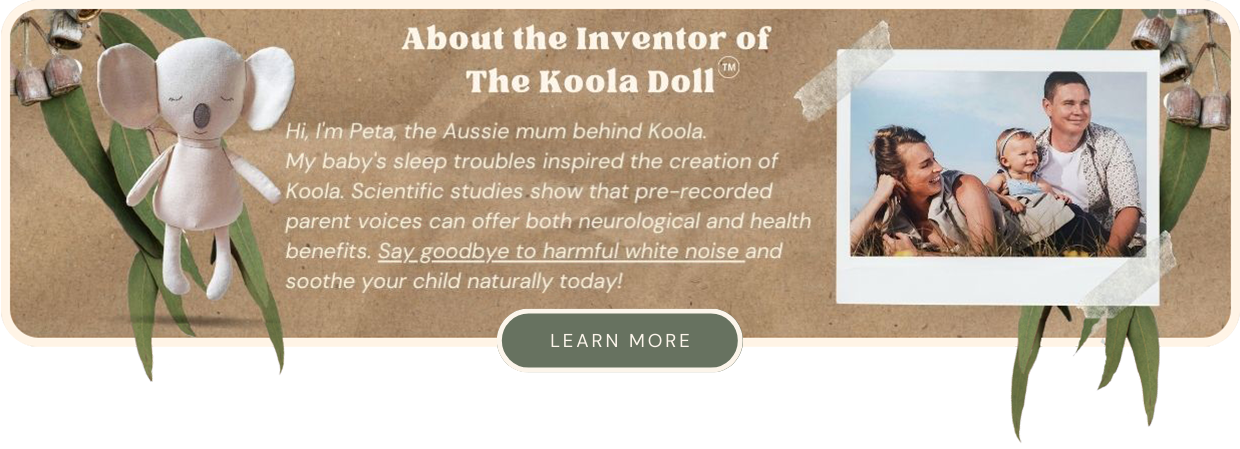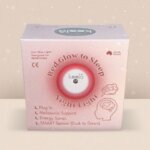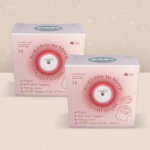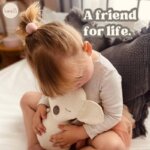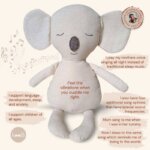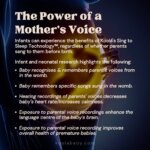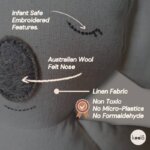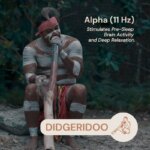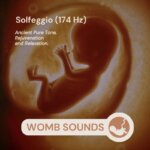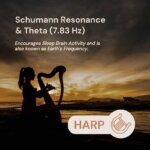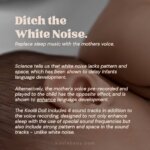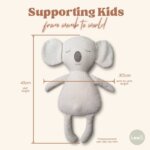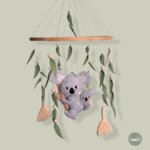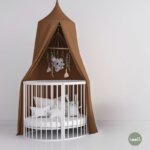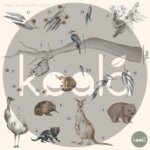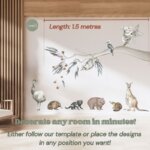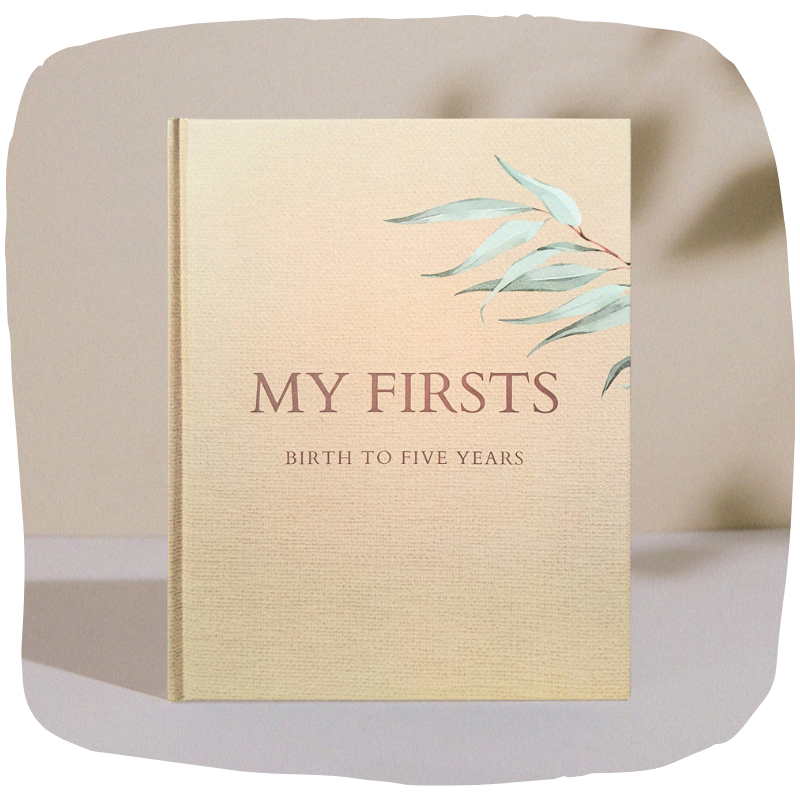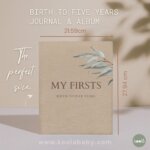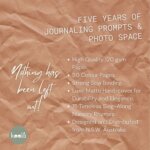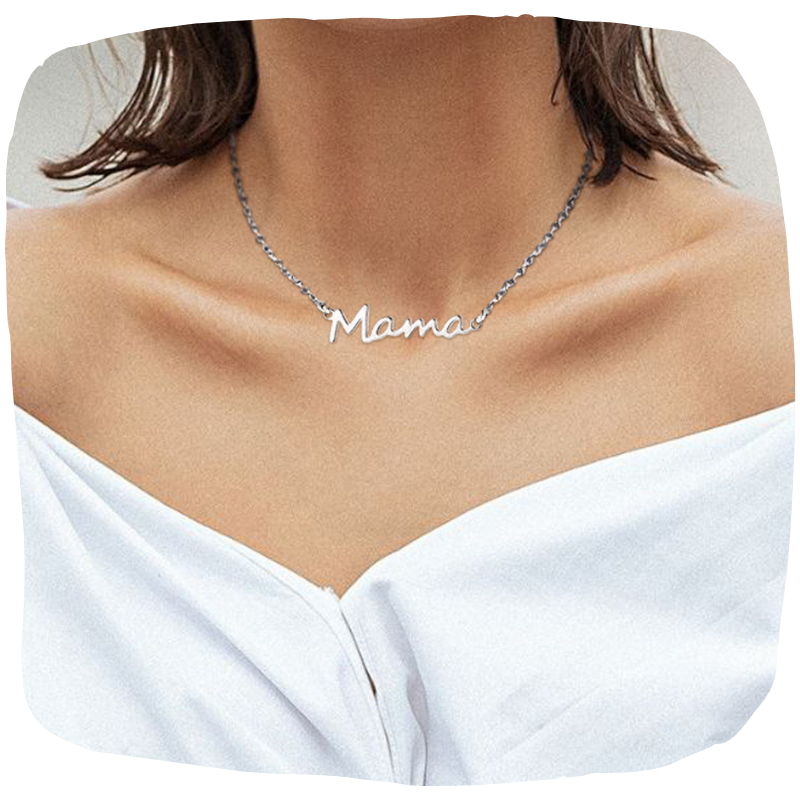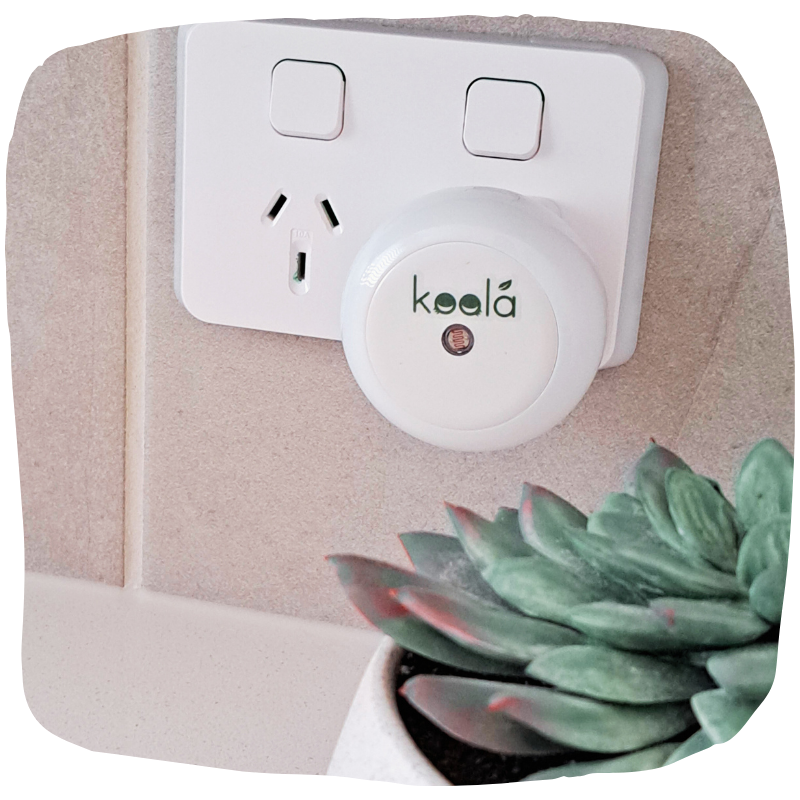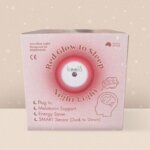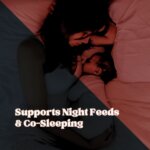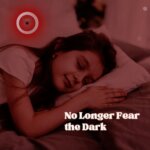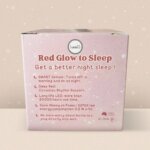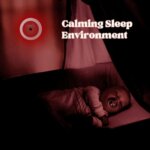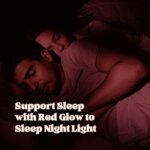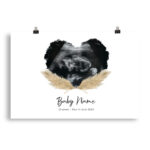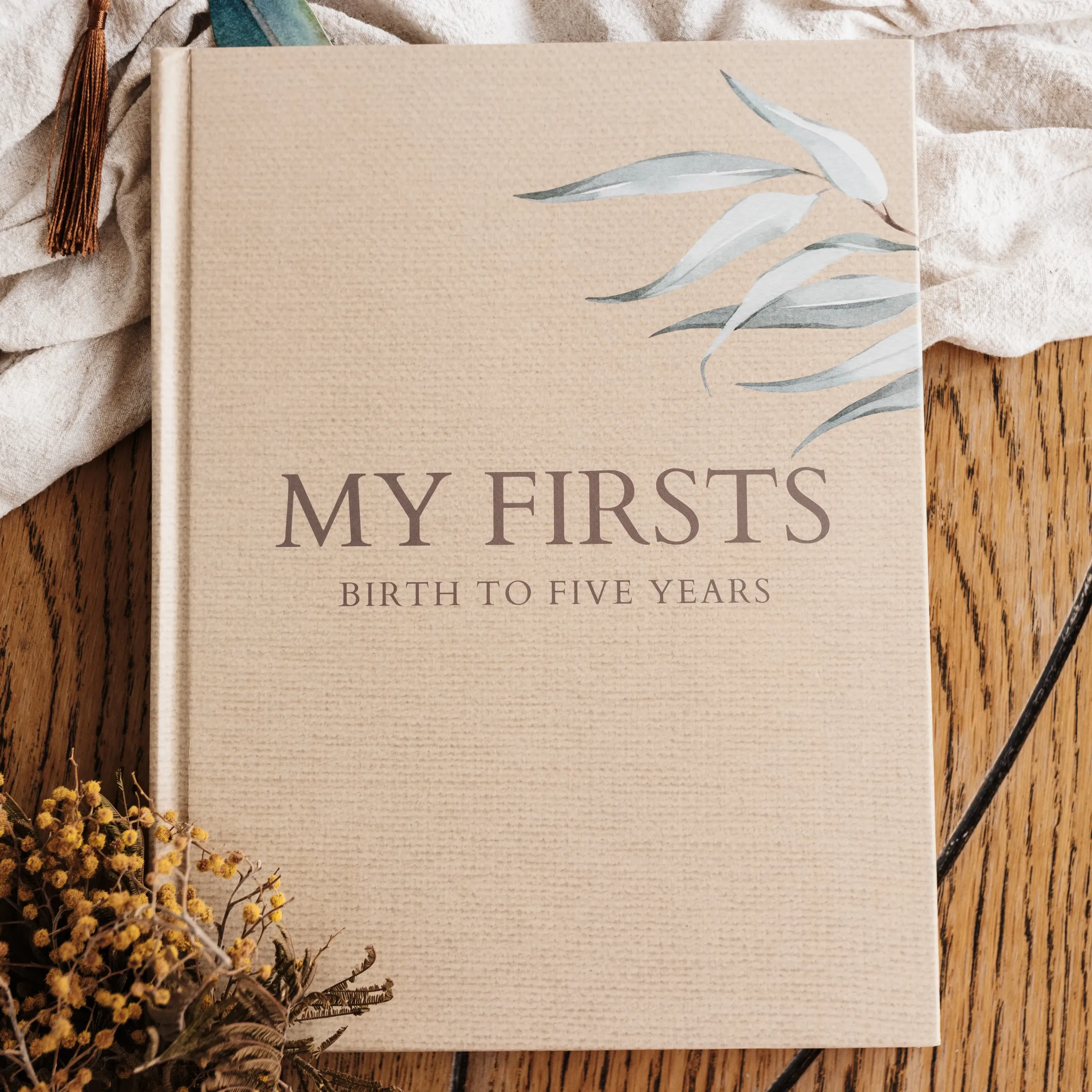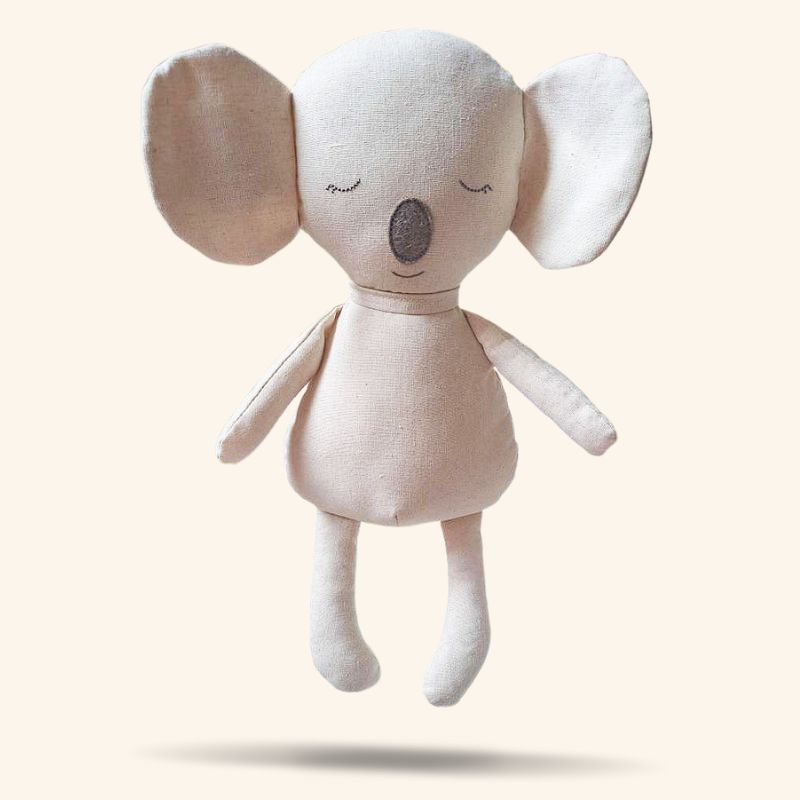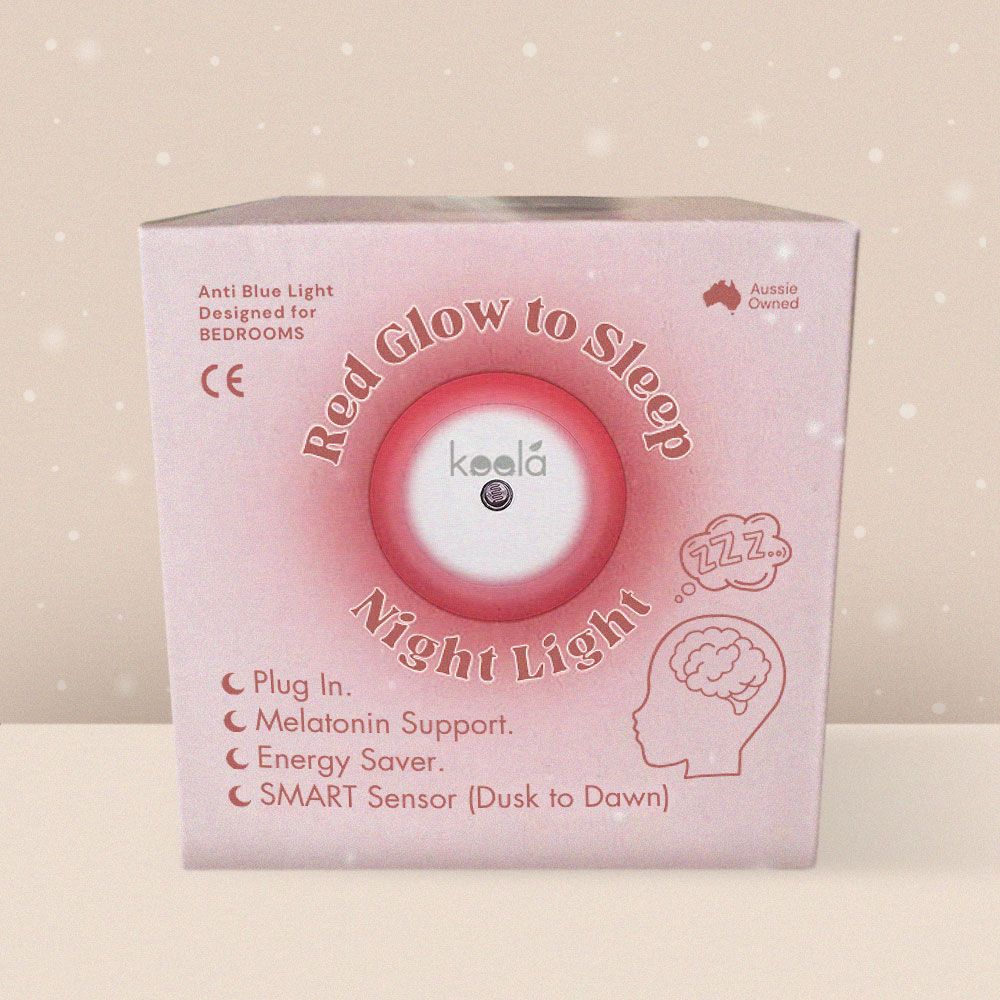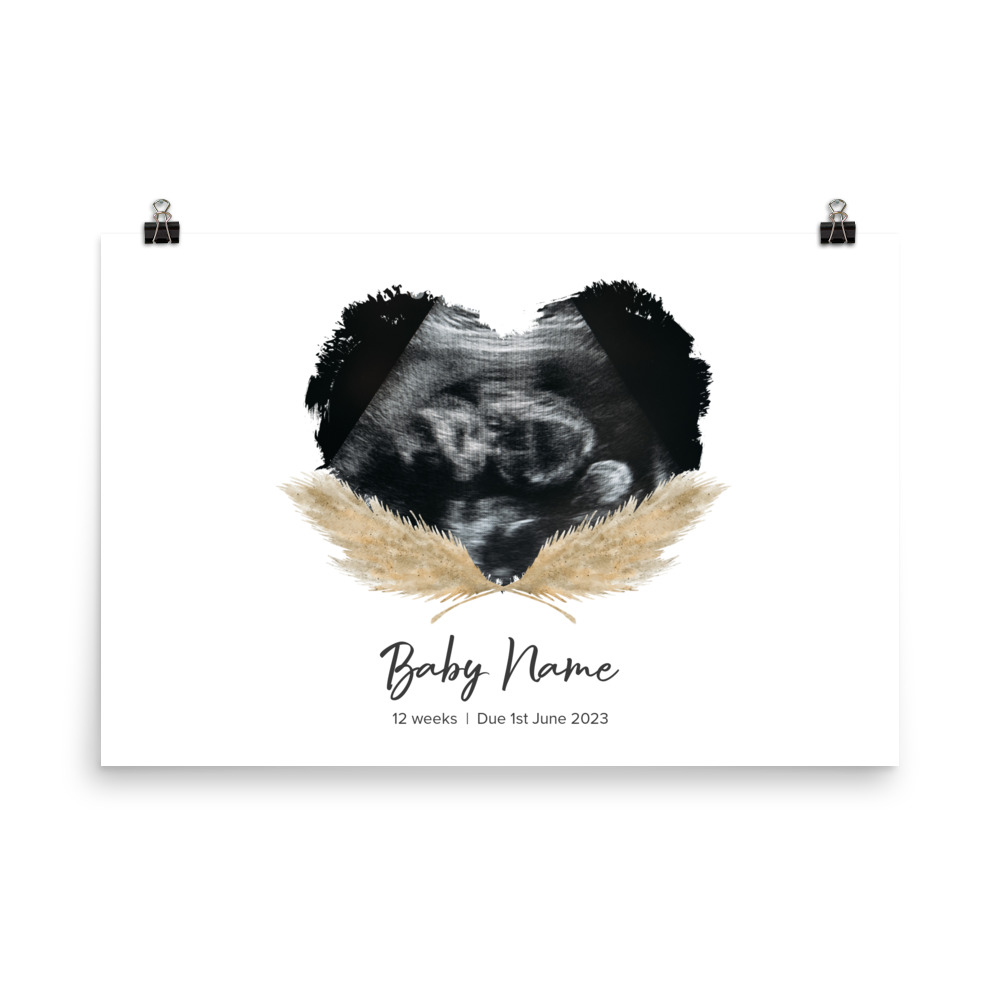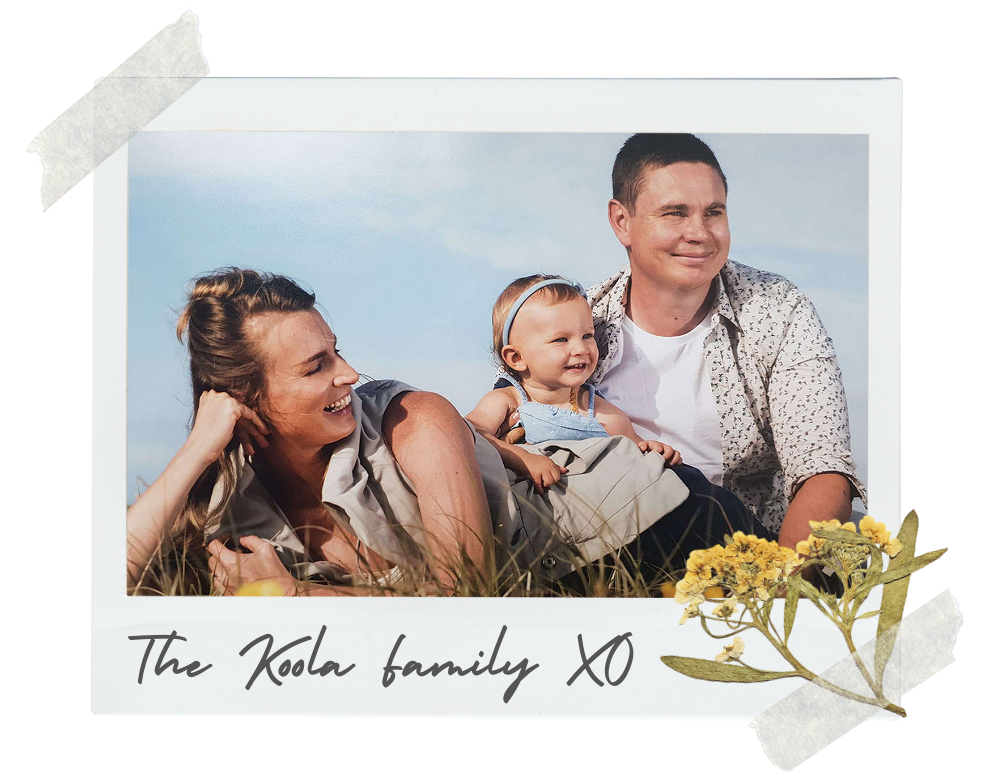The Effects of White Noise on Language Development.
Although white noise can help soothe infants, it may also interfere with their language development. In a study by Xu et al. (2010), noise-rearing disrupted the maturation of cortical evoked potentials to auditory stimuli in animal models. This disruption could impair the development of auditory perception and language skills in human infants.
Studies have shown that the pattern and frequency of sounds during sleep can affect a baby’s language development. One study found that exposure to speech-like sounds during sleep increased language development in infants (Cantiani et al., 2016). On the other hand, another study found that exposure to white noise during sleep was associated with slower language development in infants (Chang & Merzenich, 2003). This suggests that the type of music played during sleep can have a significant impact on language development.
The Importance of Pattern in Infant Sleep Music.
Recent research has highlighted the importance of pattern in infant sleep music. Cantiani et al. (2016) found that auditory discrimination skills predicted linguistic outcomes in Italian infants, regardless of familial risk for language learning impairment. This finding suggests that early exposure to space and patterned sounds, such as music, could help promote language development.

Moreover, Moon et al. (2015) found that language experienced in utero affects vowel perception after birth. This finding suggests that the sounds infants hear in the womb can influence their language development after birth.
Given the importance of pattern in language development, parents should consider alternative options to white noise. One excellent alternative is the mother or father’s voice. The sound of a parent’s voice contains emotional cues that are critical for early language development (Chang et al., 2005).
Singer et al. (2016): This study found that infants who were exposed to recordings of their mother’s voice during a nap showed increased connectivity in brain regions associated with language and social processing, compared to infants in a control group who were exposed to a stranger’s voice or white noise.
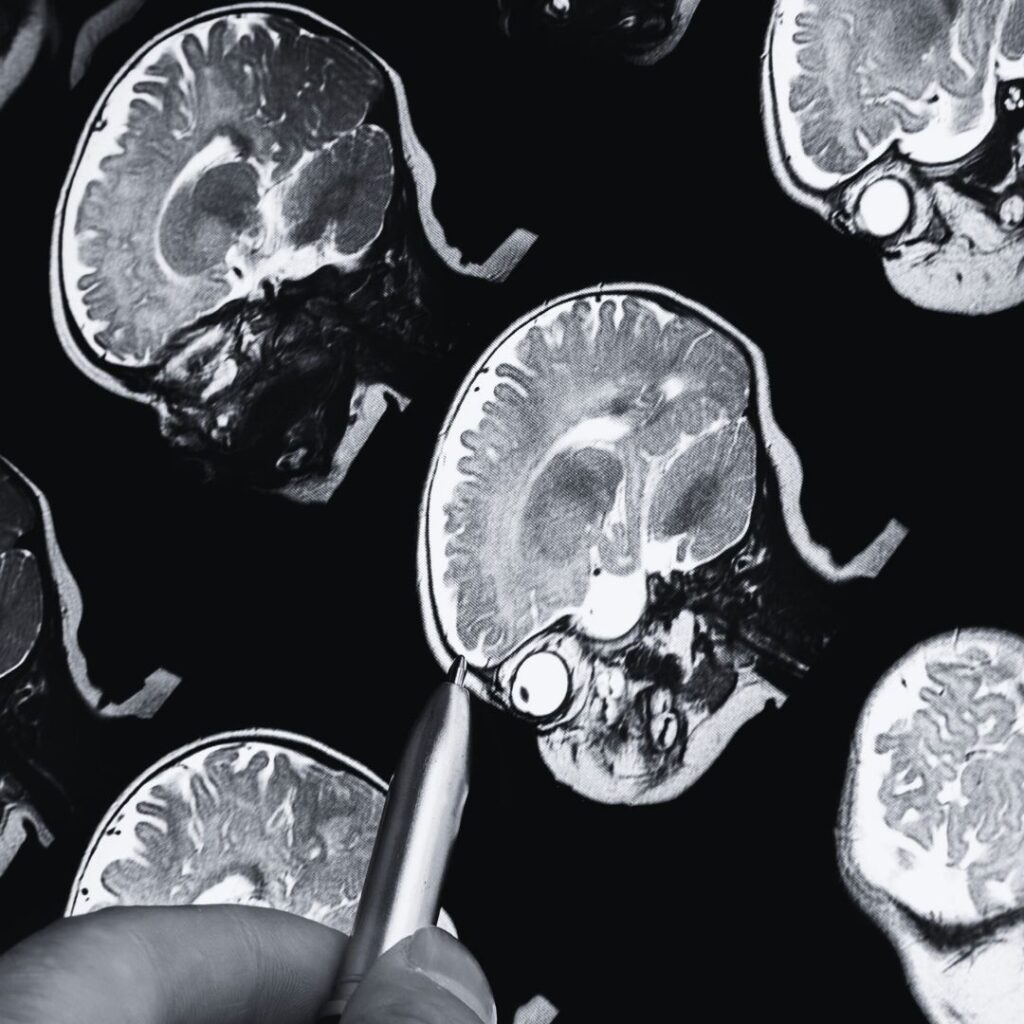
Speech Recognition Impairments.
More recently, a study by Benedetto et al. (2018) found that white noise exposure during infancy can impair speech recognition at age 4. The study involved 38 children who were exposed to white noise as infants and 38 children who were not exposed to white noise. The results showed that the children who had been exposed to white noise had significantly lower speech recognition scores at age 4 compared to the control group.
The Neuroscience behind Infant Sleep.
Conclusion
In conclusion, while white noise can help soothe infants and promote sleep, it may not be the best option for language development. Instead, parents should consider patterned sounds such as music, and, even better, the sound of their voice. Your voice has strong auditory patterns whereas white noise is the opposite with no space or pattern.
The Koolá™ Doll and its Sing to Sleep Technology™ is a safe and effective choice for replacing white noise. The mother’s voice is proven to be not only effective for soothing infants to sleep, it also has shown to reduce anxiety, decrease infants heart rate and supporting language development.
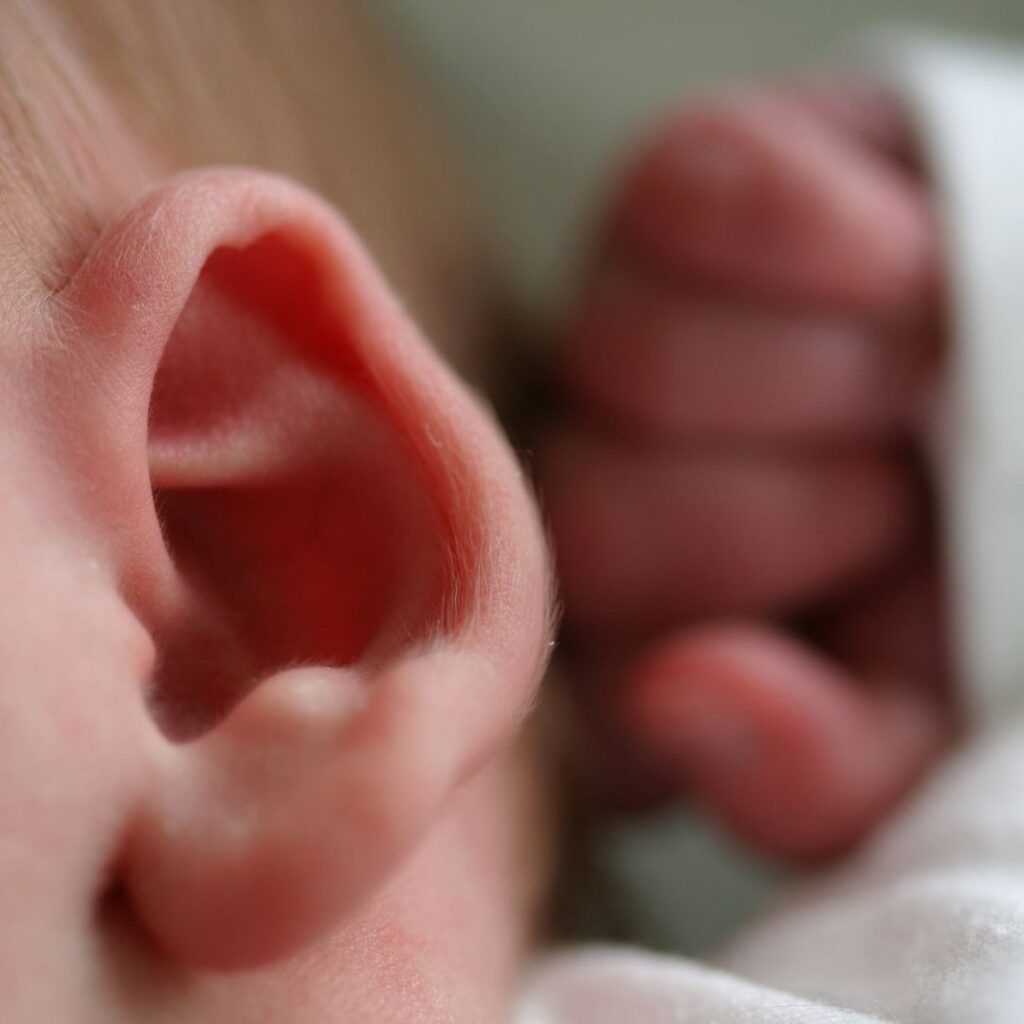
If your baby has been using white noise for some time and they are not responding to your singing, the Koolá sound tracks are a great option for you. Koolá’s four soundtracks have strong auditory patterns throughout to support the language learning center of the brain, while at the same time have a similar feel to pink noise. These songs also have stimulating frequencies for supporting pre and deep sleep neural activity as well as Solfeggio sound waves. Choose from the Australian Didgeridoo track, our Heartbeat in the Womb track, our Cosmic Deep Sleep track or our Relaxing Harp melody. All songs can be played continuously for as little or as long as you choose.
Read more about the Koolá™ Doll and it’s benefits for all age children here.
References
Blume C, Del Giudice R, Wislowska M, Heib DPJ, Schabus M. Standing sentinel during human sleep: Continued evaluation of environmental stimuli in the absence of consciousness. Neuroimage. 2018 Sep;178:638-648. doi: 10.1016/j.neuroimage.2018.05.056. Epub 2018 May 31. PMID: 29859261.
Blumberg MS, Dooley JC, Tiriac A. Sleep, plasticity, and sensory neurodevelopment. Neuron. 2022 Sep 2:S0896-6273(22)00751-6. doi: 10.1016/j.neuron.2022.08.005. Epub ahead of print. PMID: 36084653.
Cantiani C, Riva V, Piazza C, Bettoni R, Molteni M, Choudhury N, Marino C, Benasich AA. Auditory discrimination predicts linguistic outcome in Italian infants with and without familial risk for language learning impairment. Dev Cogn Neurosci. 2016 Aug; 20:23-34. doi: 10.1016/j.dcn.2016.03.002. Epub 2016 Mar 24. PMID: 27295127; PMCID: PMC6987703.
Chang, E. F., Rieger, J. W., Johnson, K., Berger, M. S., & Barbaro, N. M. (2005). Categorical speech representation in human superior temporal gyrus. Nature Neuroscience, 8(5), 607-613.
Chang, E. F., & Merzenich, M. M. (2003). Environmental noise retards auditory cortical development. Science, 300(5618), 498-502.
Fortunato-Tavares, T., Andrade, K. C., de Carvalho, G. M., & de Andrade, A. N. (2019). Speech perception of children with cochlear implants in a noisy environment with and without the use of noise reduction algorithms. Brazilian Journal of Otorhinolaryngology, 85(6), 767-775.
Kuhn, M., Zschocke, J., & Heussen, N. (2016). Infant sleep and its relation with cognition and language: A systematic review. Journal of Sleep Research, 25(2), 165-174.
Le Prell, C. G., Hensley, B. N., Campbell, K. C., Hall, J. W., Guire, K., Antonelli, P. J., … & Green, G. E. (2017). Noise-induced hearing injury and comorbidities among postdeployment US Army soldiers: April 2003-June 2009. American Journal of Audiology, 26(3), 201-221.
Moon, C., Lagercrantz, H., & Kuhl, P. K. (2015). Language experienced in utero affects vowel perception after birth: a two-country study. Acta Paediatrica, 104(2), 156-160.
Singer, W., Zhang, X., Kim, J. D., & Yin, J. C. (2016). Maternal voice and infant brain function: Differential regional tuning to speech and its constituent acoustic features. Developmental Science, 19(3), 425-431.
Xu, J., Yu, L., Rowland, B. A., Stanford, T. R., Stein, B. E., & Rowland, B. A. (2010). Noise-rearing disrupts the maturation of cortical evoked potentials to auditory stimuli. European Journal of Neuroscience, 31(12), 2145-2152
Disclaimer: The information provided in this article is for educational purposes only and should not be considered as medical advice. Always consult with a healthcare professional before making any changes to your health routine or treatment.
